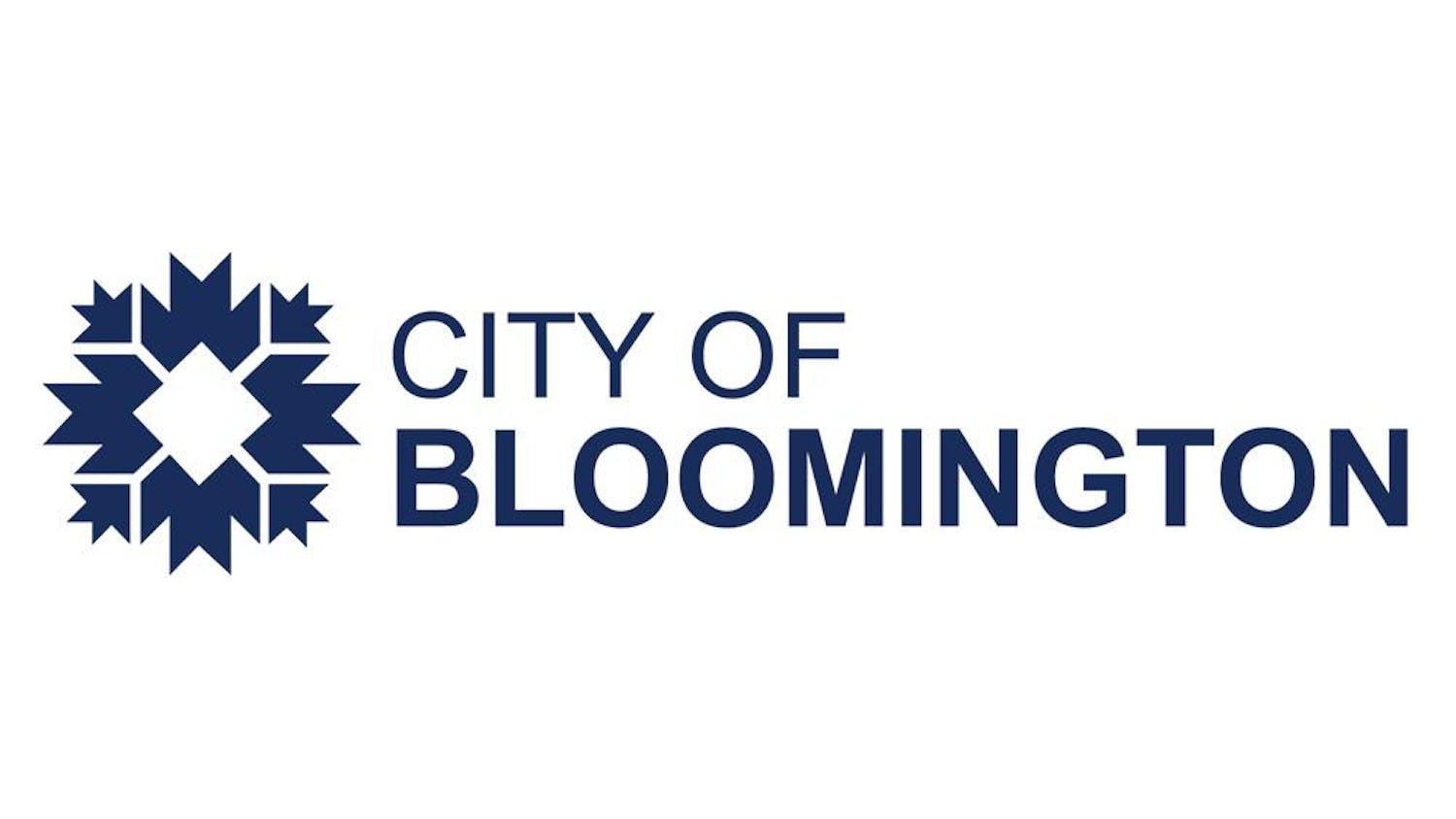As cold and flu season begins, Hoosiers seeking over-the-counter drugs such as Nyquil and Sudafed will notice a change in the way they obtain these drugs. \nAs of July 1, consumers must be at least 18 years old, present valid identification and sign the Indiana State Police log book, which the pharmacist will certify, in order to purchase medicines containing ephedrine and pseudoephedrine -- necessary ingredients in the production of methamphetamine, commonly known as meth. Customers will also be unable to purchase more than 100 tablets of such medicines in a week.\nThe new Indiana law, known as the "Meth Protection Act," was designed to slow the spread of meth, an illegal and dangerous drug, according to the state's Meth Free Indiana Coalition Web site. The prolific use and production of meth in Indiana has been a contentious point in recent state politics.\n"We may never have been focused so single-mindedly on one problem as we are now," Gov. Mitch Daniels said in an Associated Press article. \nHe went on to say lawmakers' focus has significantly slowed meth production and use. In 2004, Indiana had one of the highest meth lab busts per capita, according to the Drug Enforcement Administration. Indiana trailed behind frontrunners, Missouri -- in first -- and Iowa -- second. In 2003, Indiana led the Midwest in meth lab busts.\nThe new law regulates the display and sale of products in order to restrict the supply to meth makers. Indiana Senate Bill 444 -- sponsored by state Sen. Michael Young, R-Indianapolis -- passed unanimously last February and has regulated the sale of pseudoephedrine or ephedrine drugs in Indiana ever since. \nThirty-five percent of meth in the United States comes from home labs, which use over-the-counter pseudoephedrine drugs, while the majority comes from larger meth labs in Mexico.\nAccording to the U.S. Drug Enforcement Agency, it costs $3,280 to clean up a meth lab, with larger labs costing as much as $10,000. In 2002, meth lab cleanups cost the U.S. government roughly $24 million.\nIndiana meth lab busts have decreased under the new law, from 153 in July and August 2004 to 113 in July and August 2005.\nHowever, the new law attempting to curb homegrown meth has caused confusion for some patients and difficulty for some pharmacists. \n"The initial pulling of Sudafed was a nightmare for the patients wanting to buy these products," said Jim Ostrye, a pharmacist at Wal-Mart. "The patients were in disbelief that they had to show a driver's license and sign for the product. Some have also become fairly irate that they cannot get more than one container of (pseudoephedrine)." \nCritics of the law are skeptical new regulations will deter meth addicts. The meth law Web site states 32 percent of meth lab busts were located in southwestern Indiana near the Illinois border. Illinois has no such law requiring the registration of products purchased containing ephedrine or pseudoephedrine.\nThose seeking decongestant medicines might not have to deal with these hassles for long, Ostrye said.\n"The manufacturers are reformulating their products because of this law," he said. "They are using the product phenylephrine, which is another type of decongestant similar to pseudoephedrine but cannot be manufactured to meth."\nThe law requires pharmacies to keep a log of customers who have purchased these products and allows each person only 3 grams of ephedrine or pseudoephedrine over the course of seven days, or 9 grams per month. \nLogs have become a pain for pharmacists such as Ostrye. The logs, which are handwritten, are required for any customer purchasing a drug containing the meth-making ingredients. \n"We have people that are going out checking them, to see if they are regarding compliance," said Indiana State Police Lt. Col. Jay Janke, head of the state police's Drug Enforcement Division. "They are collected or sent to the state police." \nJanke said the Methamphetamine Suppression Unit, a separate entity from the Drug Enforcement Division, was created as a result of the new law. This new unit is entirely devoted to the enforcement of methamphetamine laws.\nCVS pharmacist Sharon Stefenek said seemed skeptical about the law's effectiveness. \n"I don't know how many people were stealing or buying this to make meth with," she said. "But the whole thing seems a little obscure to me."\nThe Den cashier Jennifer Falk sees a verifiable, if not minor, purpose to restricting sales. She said she has seen certain customers who seemed to "be on something" while shopping, buying large amounts of now-restricted drugs at a time. Most customers, she said, don't react to the extra time and effort to buy cold and allergy medicines. But customers who were once buying "excessive" medication are upset when restricted, she said. \nDespite Indiana's efforts, meth addicts are still able to purchase pseudoephedrine products in many nearby states where meth laws are not as strict. Thirteen states have no laws restricting the purchase of these products.\nOregon, for example, implemented a law requiring customers to provide a doctor's prescription to purchase these products.\n"That's always a possibility that people will go to the bordering states, but it's not something that we can worry ourselves with," Janke said. "Since the enactment of the law, it has reduced meth labs in Indiana. It is effective."\n-- City & State Editor Sam \nNissen and The Associated Press contributed to this report.
Anti-meth law limits med sales
Valid ID now required to purchase some over-the-counter cold relief
Get stories like this in your inbox
Subscribe





